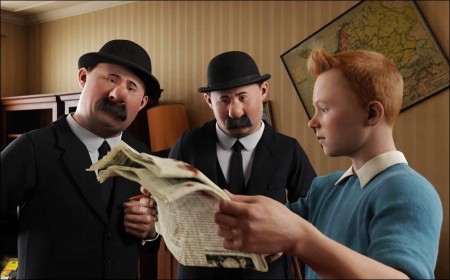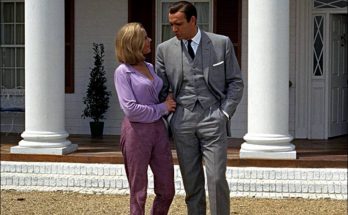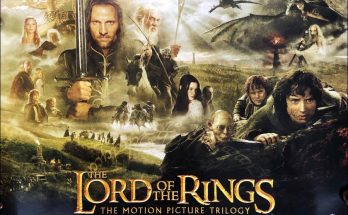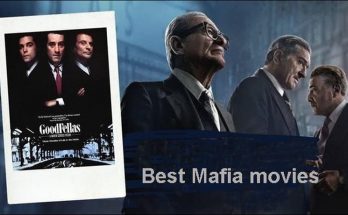Tintin Movie: From Virtual to Reality. Once the thrilling work with the actors in the Volume was completed, the animation team at Weta began the 18-month process of refining, sculpting and detailing each of the film’s 1,240 shots, before putting them through the final rendering process. It was here that filmmakers began playing with visual themes, cinematic moods and tricky lighting effects in each individual scene, finalizing the look of the film.
Using the stylized world created by Hergé as a template, the artists an animators set-out to bring to life the world of Tintin. “Everything Hergé created has a unique look and color,” recalls Joe Letteri. “His original works already had an animated feel as if his drawings were just waiting to come to life.”
For animation supervisors Jamie Beard and Paul Story, it was the beginning of fully realizing an animated world of Hergé’s characters. “The performance capture process is just the first step for us,” explains Beard. Because Jamie Bell, Andy Serkis and all the other actors do not resemble their characters in a literal sense, the animation teams lead by Beard and Story began the process of applying the performance captured on stage to the digital character models built by the Weta team.
“What we have to do is look at the actor’s performance and ask, ‘How does that performance fit into our character design,’ “ says Beard. “We basically start with a rough skeleton over a low-res geometry form of what that character is and from there we basically go in a refine the body motion,” adds Story.
“In a traditional animated film, you would have the actors cast for the voice performance and ultimately how they deliver the lines in the recording booth informs your choices of animation,” explains Letteri.
The animation process for ‘Tintin’ relied heavily on performance capture for the characters’ final render. “Having actors in the mix just gives us a quality of life that is hard to achieve any other way,” continues Letteri. “An actor’s performance underlying all the animation really gives you continuity throughout the film. In traditional animation, that is called ‘keeping the character on model.’ Here, we have the actors who are the ones essentially keeping the character on model. That’s why we like to work with the best actors possible when we’re creating a process like this as it gives us the freedom to expand on those performances and to add a heightened sense of realism, drama, comedy or any other ideas that come up along the way.”
Throughout the post-production process, many aspects of the characters were also refined, always using additional video reference footage shot in the Volume to assure every moment of digital performance reflected the actor’s emotional choices.
Finally, The Adventures of Tintin was rendered a second time to accommodate the digital 3-D process. “Because Tintin was fully rendered in a computer, it made the three-dimensional aspect of the film relatively easy to do,” Jackson remarks. “But it’s very striking with this film in particular. Just the thought of seeing Tintin on the big screen in 3-D makes me feel like a kid again.”
Working in tandem with the team at Weta was longtime Spielberg collaborator and Academy Award® winning editor Michael Kahn. Spielberg and Kahn have been known as being among the last filmmakers in Hollywood to still edit on film — a medium they both still love in a tactile way. Though Kahn has edited other films digitally, The Adventures of Tintin marks the first time he and Spielberg edited on an Avid. Once Kahn completed his cut of the film, Spielberg showed it to Jackson, and then, earlier in the post-production process than usual, the cut was delivered to legendary maestro John Williams, who has scored all but one of Spielberg’s films.
For the director, Williams’ music became the final, crucial element of The Adventures of Tintin, the last deeply human touch that helped to combine all the human performances with the digital creations to create a singular experience of adventure and friendship.
“John is the bonding agent that unifies all the disparate, eclectic elements of a movie, and with this score, he captures the energy and spirit of Tintin as only he can,” Spielberg concludes.
Views: 80



